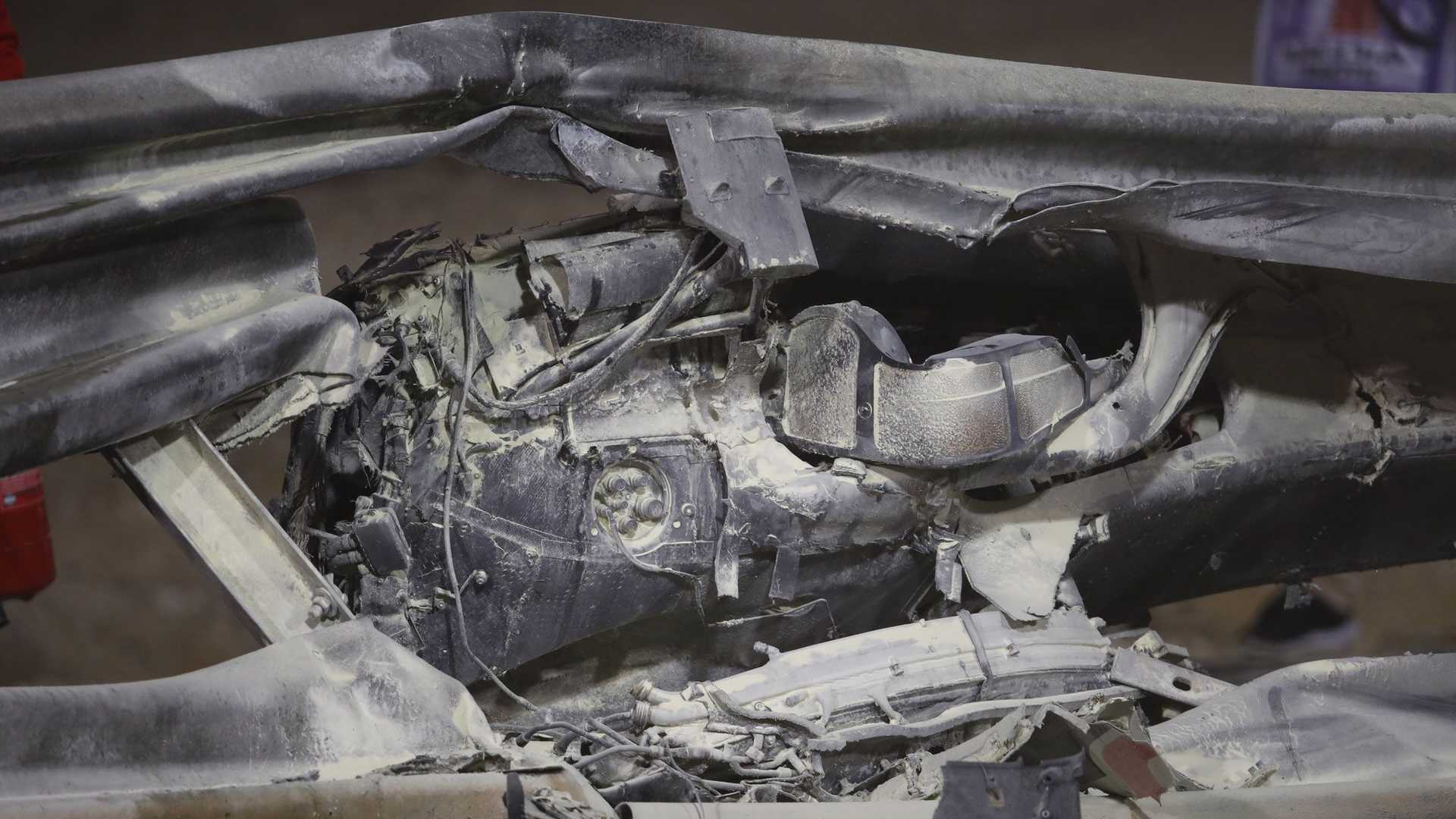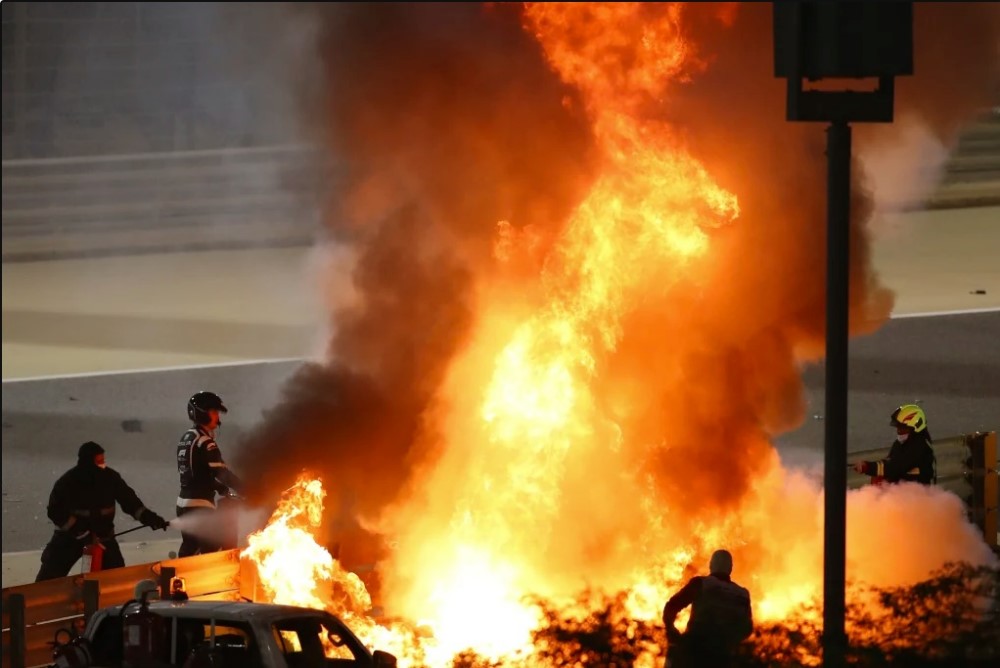How the FIA will investigate Grojean’s crash
The FIA Safety Department typically investigates around 30 serious accidents in circuit racing worldwide each year and this investigation will follow the same process.
The investigation into the Grosjean incident will look at all areas including competitor safety devices such as the helmet, HANS, safety harness, protective clothing, survival cell, headrest, in-car extinguisher system and the Halo frontal cockpit protection.
Analysis will also include chassis integrity and the safety barrier performance for an impact of that energy and trajectory. It will also assess the role of the track marshals and medical intervention team.

The FIA will work with all parties involved, including the Formula 1 promoter, the Haas F1 Team and the Grand Prix Drivers’ Association, which has already been contacted for input.
Data collection will be at the heart of this investigation and in Formula 1 there is more data instrumentation than in any other championship. FIA researchers will be able to gather data from the various video streams, including a High Speed Camera which faces the driver and films at 400 frames per-second to reveal in slow motion what happens to him during the accident.
Data will also be gathered from the in-car Accident Data Recorder, which will reveal the speed and forces on the car, and the in-ear accelerometers that are molded to fit inside a driver’s ear canal to measure the movement of his head in a crash.
The investigation is expected to take around 6-8 weeks to complete before findings are made public.
This information will be fed into the FIA World Accident Database (WADB), which brings together valuable data from accidents around the world, from karting to Formula 1, Rallying and Cross Country. It enables researchers to study individual accident cases and when considered collectively, the statistics generated are used to identify frequently occurring risk factors and prioritize research projects.
This data is then used by the FIA Serious Accident Study Group (SASG), which is chaired by FIA President Jean Todt and involves the presidents of every FIA sporting commission, including Single-Seater, Rally, Touring Car, Karting, Drifting, Drag Racing, and Hill Climb. Also in attendance are the FIA Safety Department staff and sporting department heads.
This multi-disciplinary make-up of its membership, which includes doctors, engineers, researchers and officials, ensures that all areas of motor sport are represented in these meetings. Accidents are analyzed from technical, operational and medical sides, and measures are then taken forward.
The SASG works in conjunction with the FIA Research Working Group (RWG), which peer reviews ongoing research into new safety devices and accident investigation conducted by the FIA. The RWG is made up of an influential body of engineers within the motor sport industry that have experience across all levels of the sport, as well as medical experts who collaborate on matters of safety.
The investigative work related to serious and fatal accident cases is considered by the RWG before being examined by an extraordinary meeting of the FIA Safety Commission, chaired by Sir Patrick Head. The findings are then presented to the World Motor Sport Council – the ultimate ruling body.
In particular instances, cases are also presented to the FIA Drivers’ Commission, where members are given the chance to comment and contribute to the investigative process.
FIA Safety Director Adam Baker said: “As with all serious accidents, we will analyze every aspect of this crash and collaborate with all parties involved. With so much data available in Formula 1, it allows us to accurately determine every element of what occurred and this work has already begun. We take this research very seriously and will follow a rigorous process to find out exactly what happened before proposing potential improvements.”
